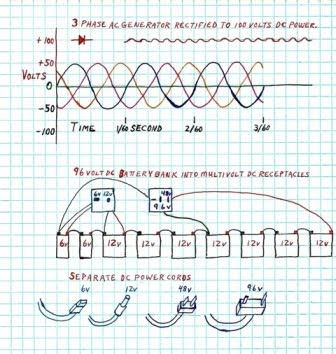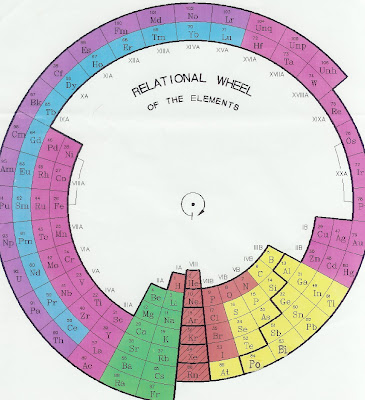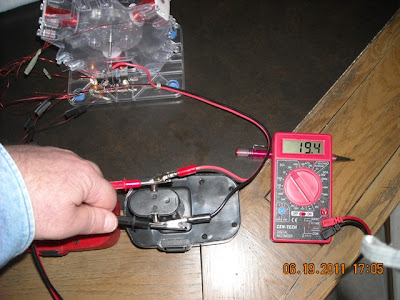Power Systems

In the US our electric power has normally been produced in large AC (alternating current) generating plants and distributed over the electrical grid to the residential and commercial users. With the improved power technologies like Bedini generators, fuel cells and solar cells becoming affordable for the home the power delivery system will probably change to a more decentralized network with homes having private power generators backed up by 96 DC (direct current) battery packs to store up extra energy, and maybe supplemented by the traditional AC grid during peak usage times.
The advantage of our present AC electrical system is that the voltage can be stepped up very high by a transformer and then transmitted great distances with very little line loss from resistance. When the electricty gets to its final destination it is stepped back down by another transformer and carried around town. At your street it is stepped down again and carried into your house at a peak 240 volts AC. That is split in half at your service panel and you get 120 volts AC carried to each wall receptacle. Each time the power goes through a transformer it loses about 2% from the induction losses.
The irony in the system is that while the new home generation technologies actually produce power in DC form, most of your electronics equipment that uses the power like TVs, computers, and stereos, also have to run on the Direct Current form of power. Presently, when you convert the outside power grid AC power to DC form inside the individual components you lose an additional 15% of the power to wasted heat.
So I propose that we keep the present 120 volt AC system for motors like in your refrigerator and heat pump, but add an additional home DC system with standardized receptacles dispensing either 6, 12, 48 or 96 DC volts by tapping into your 96 volt battery storage pack at different locations in the series. Then when the big appliance makers finally adopt efficient DC "window" motors we can convert over completely to an all DC voltage home system. There is a proposed battery pack and home wiring diagram above.
Most of the time when an electrical short occurs in a house it is from one frayed wire shorting out to a grounded object like a metal pipe. Most people can take a DC shock up to 48 DC volts without injury and most of these voltages are lower than that. But if you managed to touch both of the hot wires from the big receptacle at the same time you would get the full 96 volt shock.
Here is a partial list of home DC electrical components:
Stereo system (approx.) 50 volts DC per channel
Some copier/printers 32 volts DC
46" LCD TV 24, 12, and 5 volts DC
LED DC home lights 24 or 12 volts DC
Laptop computer 19, 5, and 3.5 volts DC
PC computer 12, 5, and 3.5 volts DC
Some cordless drills 18 volts DC
Doorbells 16 volts DC
Intercom 15 volts DC
Video game 12 volts DC
Security alarm 12 or 6 volts DC
Irrigation timer 9 volts DC
Some cell phones and cameras 5 bolts DC
USB ports 5 volts DC
So some of these components would have to be standardized with the new voltages available directly in the new DC wall outlets in order to keep from wasting the power used up in the DC conversion step. Without the need for wasteful converters to change the present AC grid electricity into the DC form that our electrical components use my rough guess is we should be able to see a 0.01 recurring gain in the GDP from this new electrical format.


Comments
Post a Comment